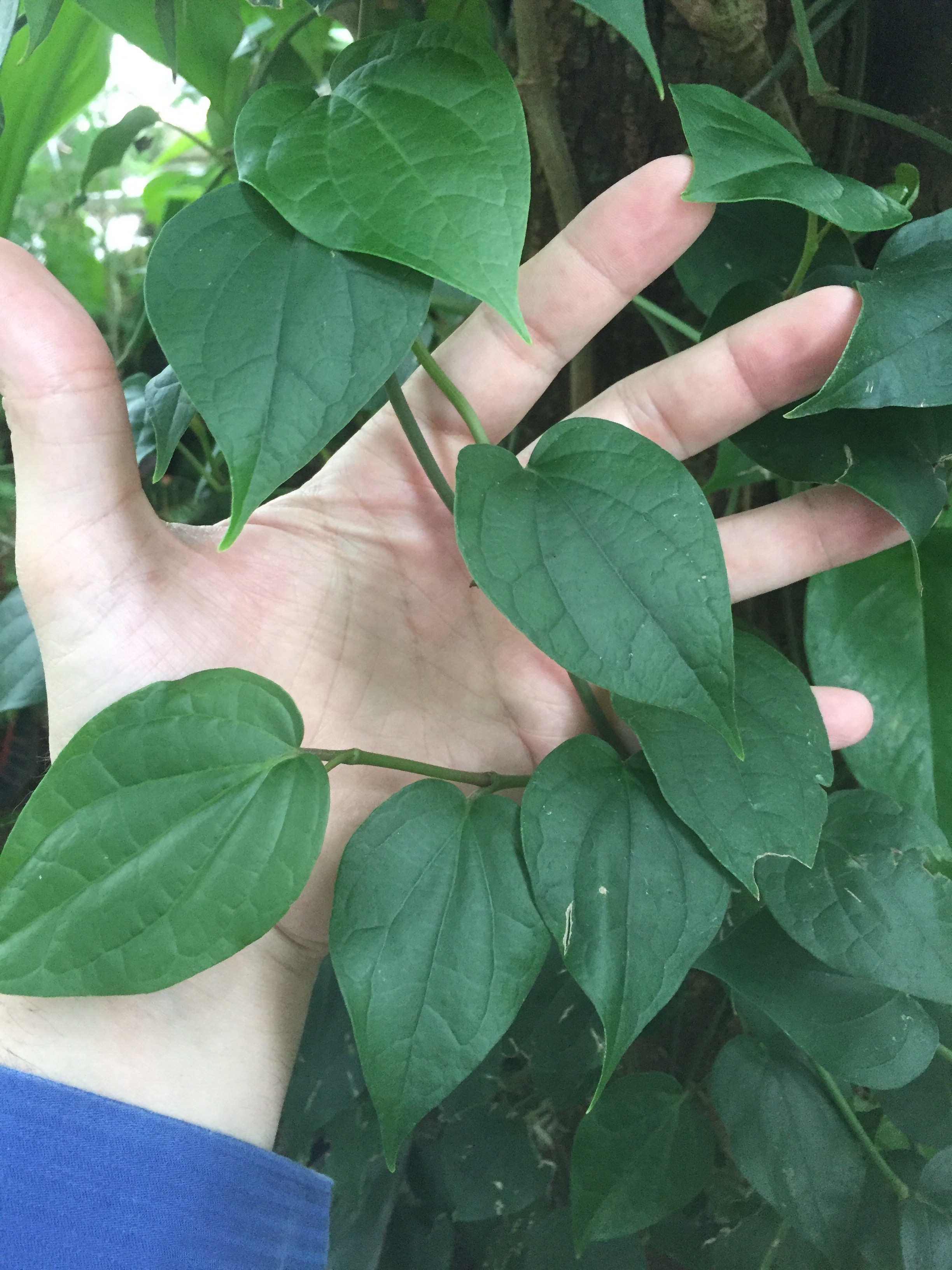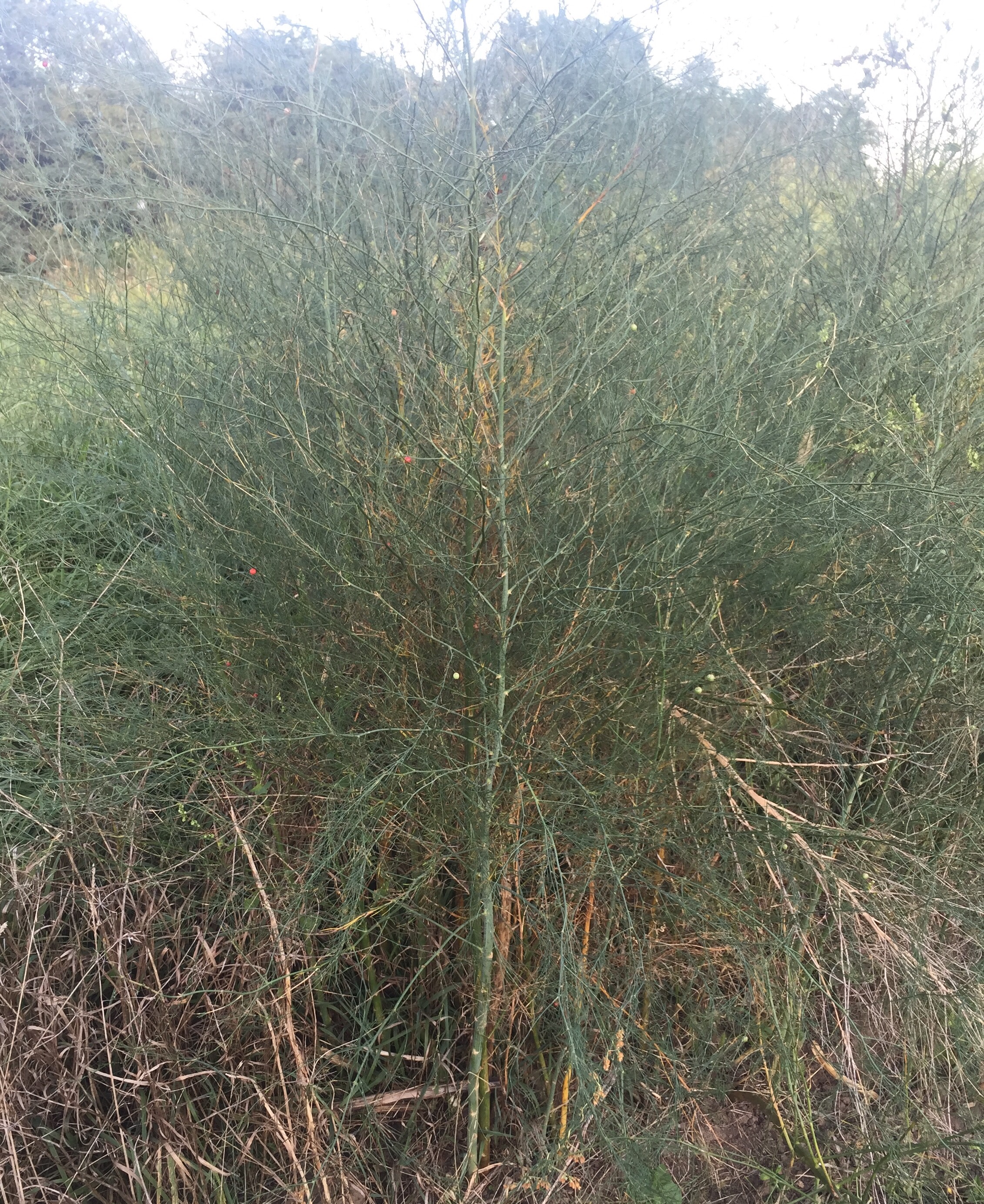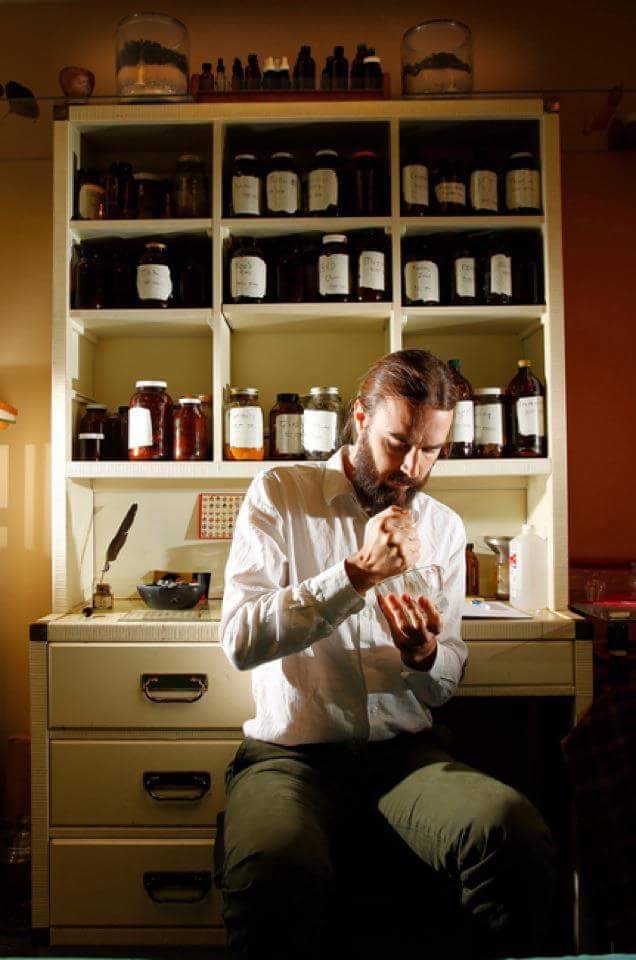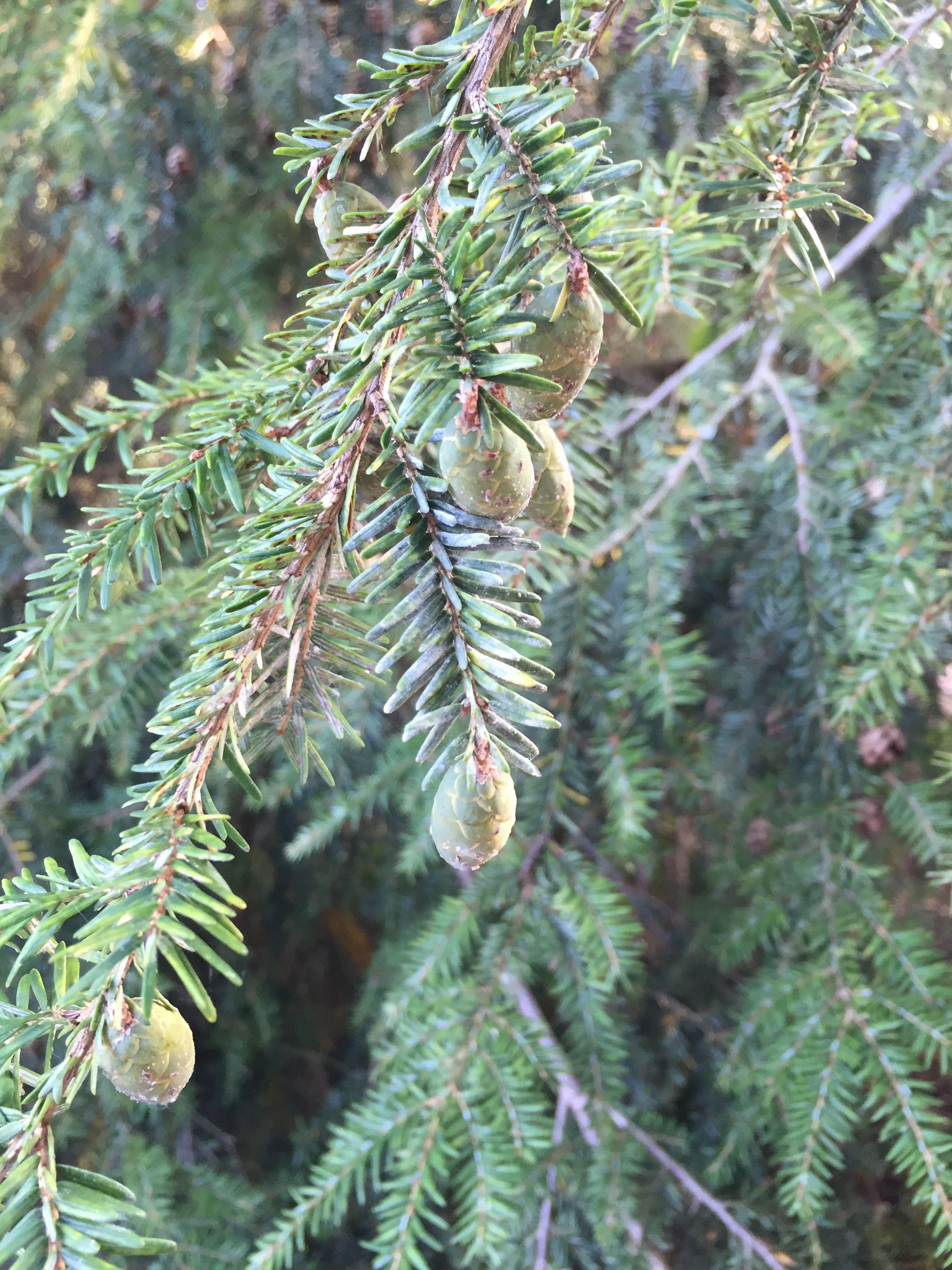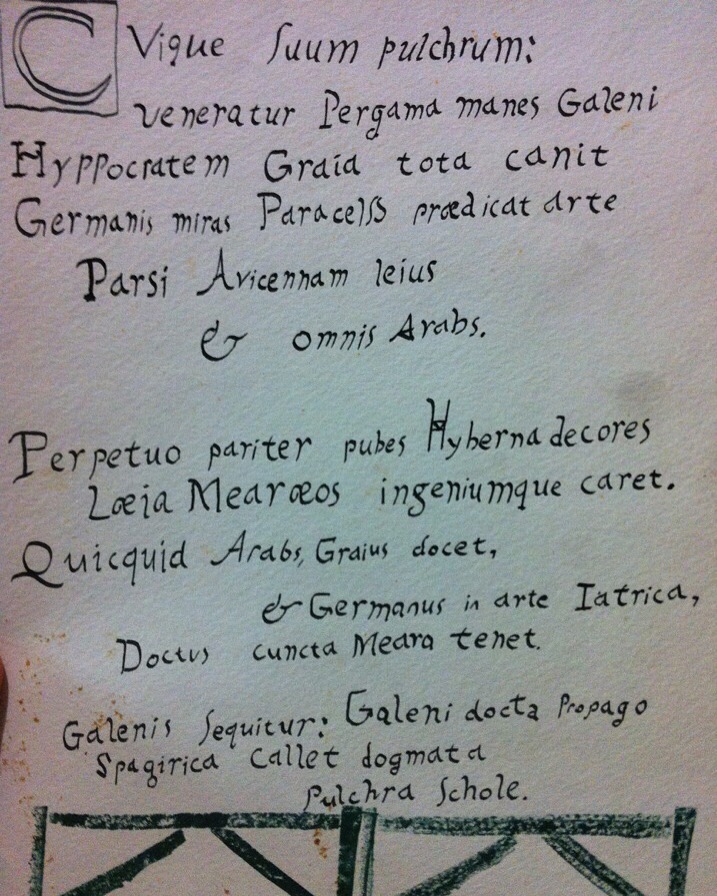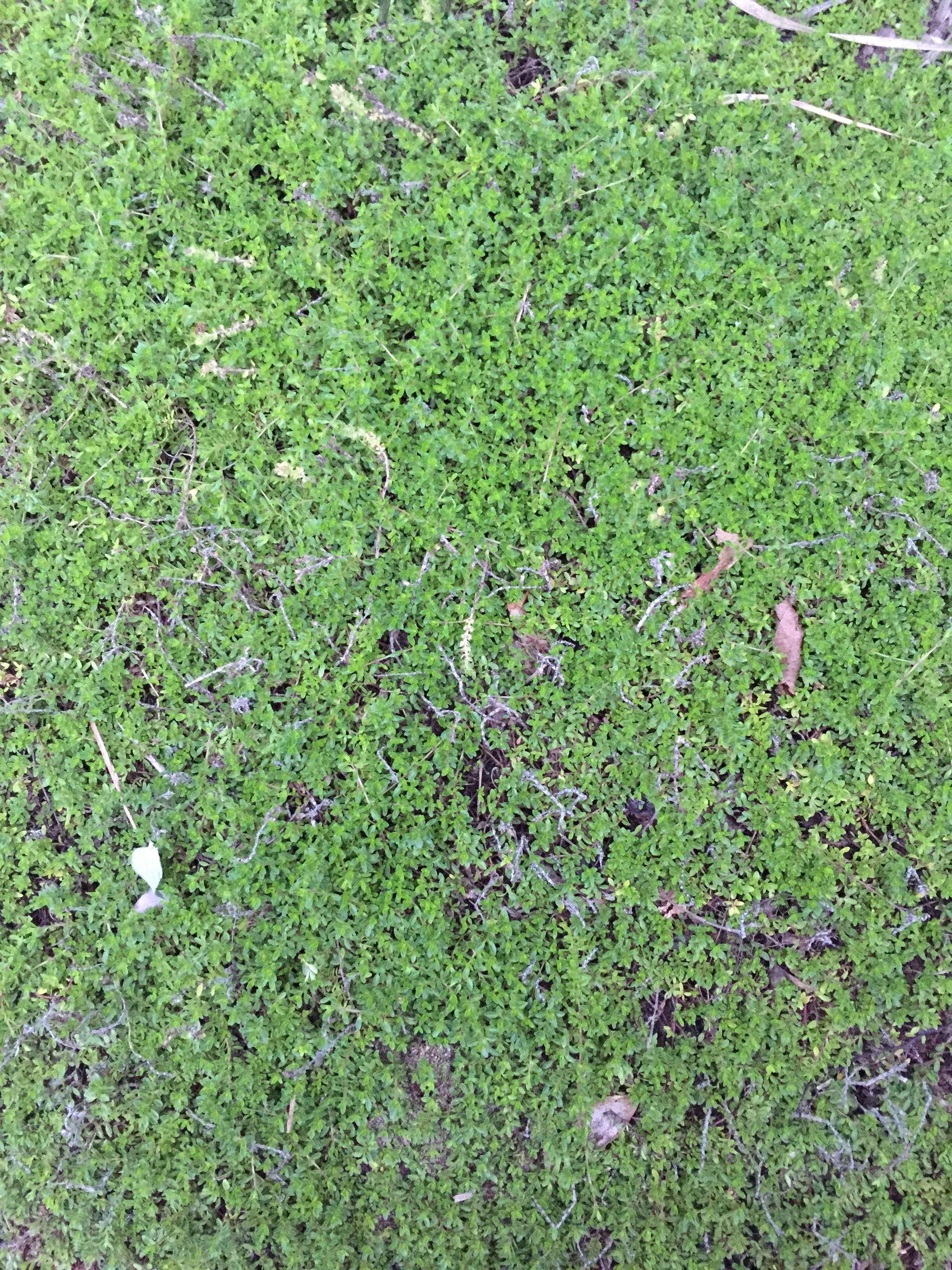(these are notes from a presentation given on may 8, 2018)
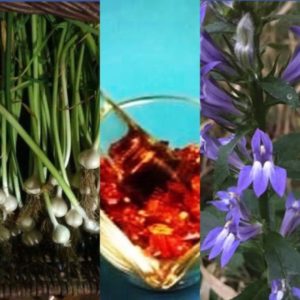
Garlic, Cayenne, and Lobelia
Living with Lyme & Herbal Healing
Notes from a class given on May 8, 2018
Assessment, with a view towards recognizing what phase of living with Lyme is relevant for a particular person, is the first step in building a treatment plan for that individual. In my practice, this involves taking a thorough history; observation of physical signs such as pulses, presence of trigger points, etc.; and microscopy, t see what the immune system (and potentially the infection) is doing at a cellular level.
The following categories or “phases” are meant as descriptions of different levels of impact that lyme haas or is having on different people. These are my own descriptions, not part of any widely used system.
0– Borrelia and associated pathogens in the environment, but not in the body.
1– Exposed to pathogens (e.g. bitten by a tick) but no symptoms.
2– Early stage symptoms which may (or may not) include bulls eye rash, maculopapular rash, muscle aches, stiffness, fever, fatigue.
3– long term Neurological, immunological, and endocrine effects, plus any or all of the above
3+ — Layering of risk with subsequent exposures and tendency towards worse outcomes in other conditions or upon re-exposure, plus any or all of the above
Microscopy: In my practice i use brightfield microscopy to look at the general health of red and white blood cells; darkfield microscopy for imaging spirochetes (generally only possible in phases 1 and 2 above) and a saline prep/polarized light technique to look at spirochetes and co-infectious pathogens such as babesia.
Herbal support depends on individual presentation and where in the process of exposure/infection/recovery someone might be. What follows are some of the things i frequently find helpful.
0. Protective clothing, frequent checking for ticks, and safe removal practices when they are found.
1. Post-exposure prophylaxis. I have used (for myself and patients) artemisia annua and myrrh as an internal remedy in cases where a bite has occurred. Artemesinin is a known anti-spirochete remedy, and myrrh has broad spectrum antiinfective properties.
2. In early symptomatic people, strengthening the immune system with tonic remedies such as Reishi and Usnea, while destroying pathogens with remedies like the myrrh and artemisia. In this the combination of garlic, cayenne, and lobelia (which promote eliminative processes and have antiinfective properties) is often very helpful as well.
3. In longer term cases, the garlic, cayenne, and lobelia compound forms a good starting point for helping the body process and eliminate any ongoing products of infection. It is in principle not possible to be completely certain that all pathogens are gone from the body, though they may appear to be.
In this stage, impacted systems, especially the nervous system but also the endocrine system (hormones, blood sugar, thyroid function and metabolism) and the immune system, must be supported and repaired as necessary using nutrition and herbal remedies appropriate to them.
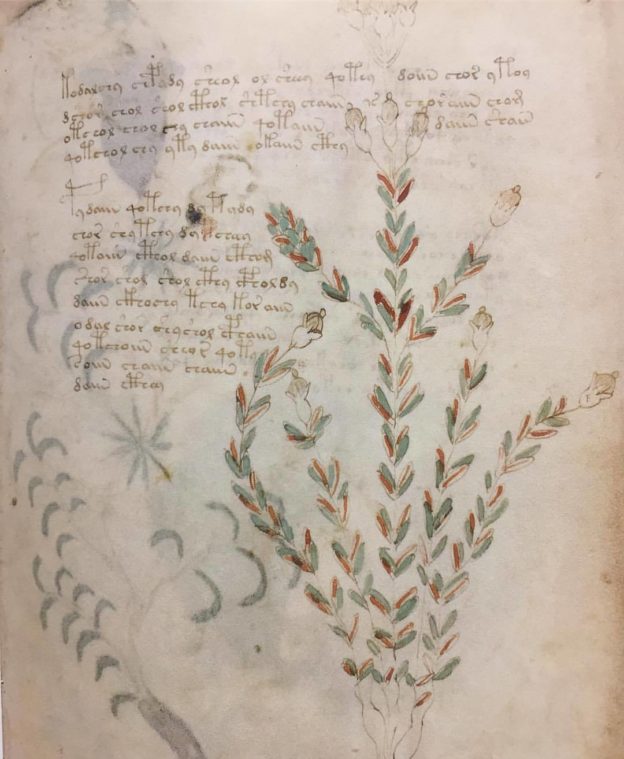
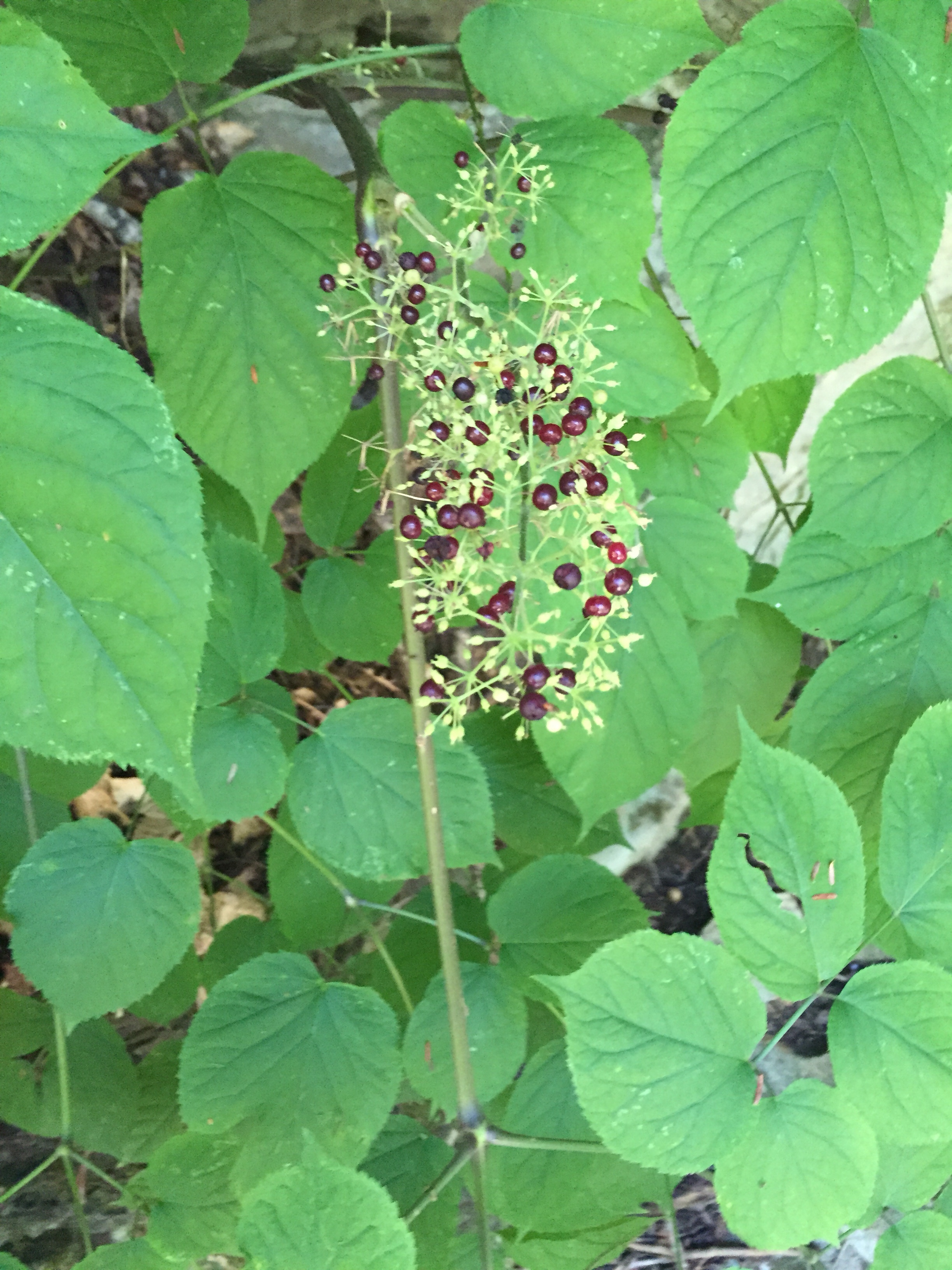
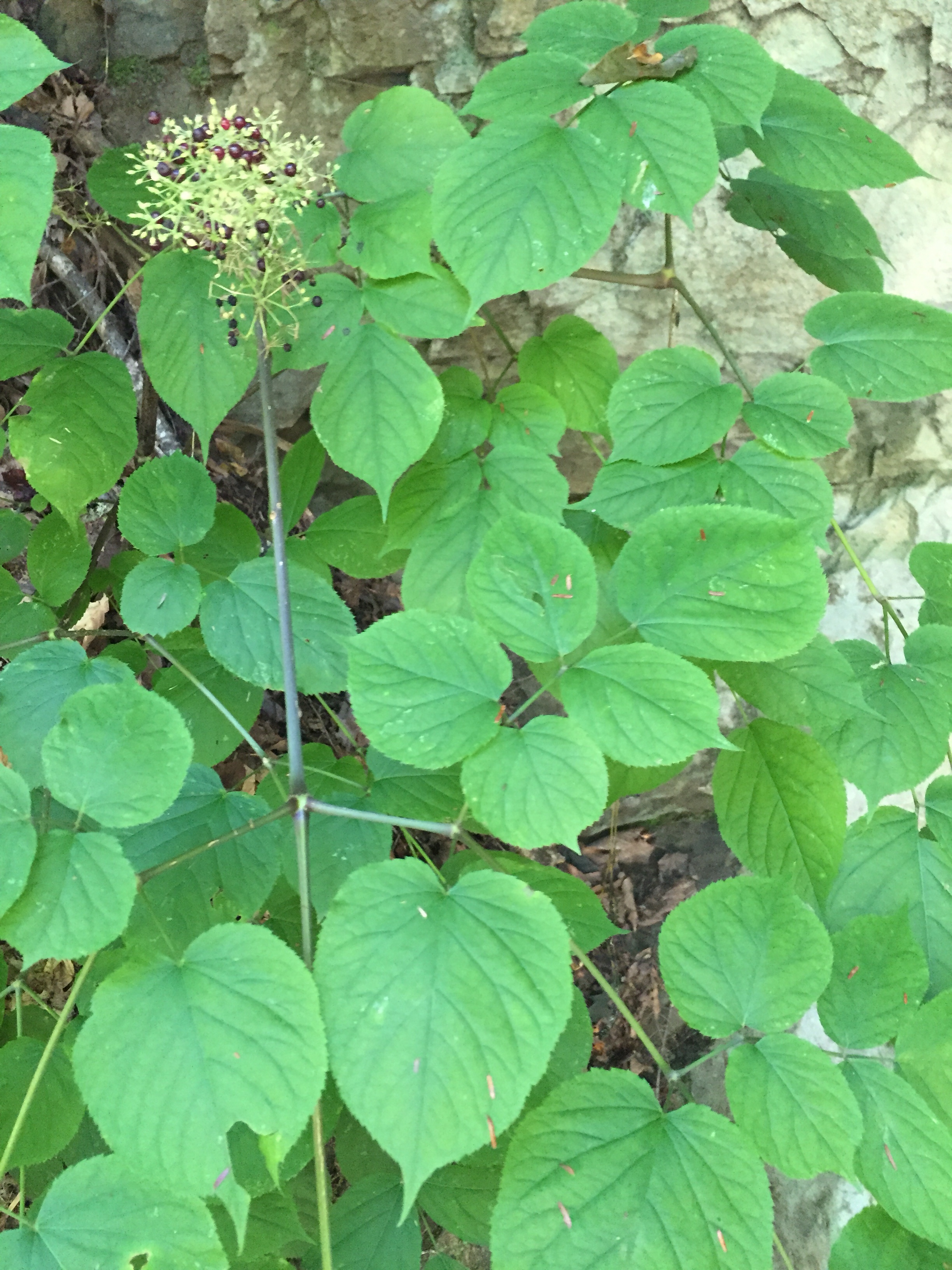 Aralia racemosa (and aralia nudicaulis) are plants that grow in the woods around here, and are used in the traditional medicine of eastern Kentucky. The plant is known inEnglish as Spikenard, which is the name of an aromatic plant that is mentioned in the bible. The people who gave it this name had never seen Nardostachys (the real spikenard), but they knew its name and were unaccountably fond of naming plants after other plants. Some authors refer to this plant as ‘wild sarsaparilla’ or ‘spiceberry’, which is even worse since the real sarsaparilla (Smilax spp.), which is also wild, grows right next to it in the woods, as does the real spiceberry (Lindera benzoin), which unlike aralia, has spicy berries.
Aralia racemosa (and aralia nudicaulis) are plants that grow in the woods around here, and are used in the traditional medicine of eastern Kentucky. The plant is known inEnglish as Spikenard, which is the name of an aromatic plant that is mentioned in the bible. The people who gave it this name had never seen Nardostachys (the real spikenard), but they knew its name and were unaccountably fond of naming plants after other plants. Some authors refer to this plant as ‘wild sarsaparilla’ or ‘spiceberry’, which is even worse since the real sarsaparilla (Smilax spp.), which is also wild, grows right next to it in the woods, as does the real spiceberry (Lindera benzoin), which unlike aralia, has spicy berries.